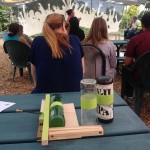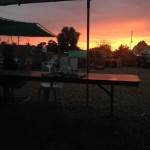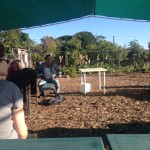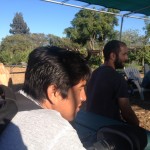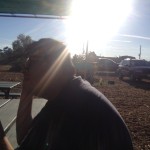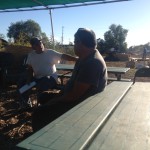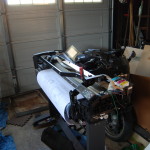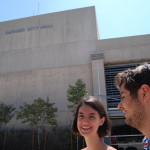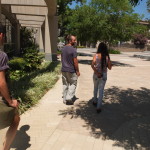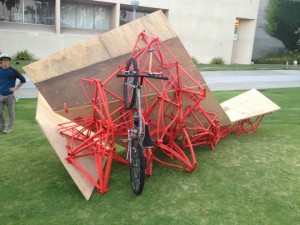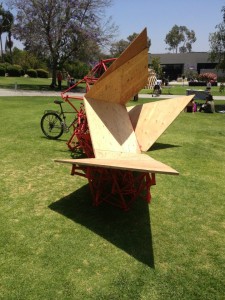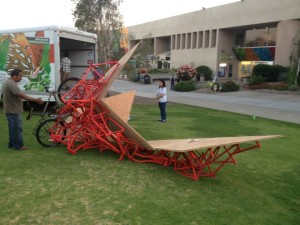Today was a workshop day! Unfortunately Kirill, Necils and Tom couldn’t make it to this meeting. Kirill was still in San Francisco and Necils and Tom had to go to work. For the past week Necils and I tried various ways (lots of trial and errors) to cut glass bottles. We tried lighting a string on fire with acetone and a flame and dunking it into ice cold water; that didn’t work. We tried scoring the glass bottle with solely a glass cutter tool and our hands, which came out wobbly. Scoring took about 30 minutes by hand, and then we tried putting a flame along the scoreline and then running cold water over it. We also tried dunking a heated and scored bottle in the pool a few times. All our trials came to broken glasses that shattered discontinuously around the scoreline. Necils however had some success after many tries of patiently scoring and lighting then cooling. Later on, I decided to watch a few more videos on youtube to see if there were any more ways to cut the glass without an expensive machine or too much effort (that would probably discourage the community). I luckily found one that showed a simple machine this man made by simply putting wood together and drilling in his glass cutter utensil into the wood so that when he rolled the bottle, the perfect amount of force and pressure were applied to the bottle and the anticipated scoreline. I attempted to make my own device. With the help of gorilla glue and epoxy I was able to glue some left over pieces of wood together. I then added the glass cutter utensil to the equation. I let go of my fears and decided to epoxy the $2 glass cutter into the mix, and waited an hour for that to dry. Then, the moment of truth came upon me: I put a clear glass bottle down and rotated it. To my surprise and joy, the bottle scored pretty well and when I went to test how it would break, it was a complete success. The method I tried was simply scoring it, then pouring very hot water over the score, then cold water, then hot water, then cold water again until it broke or until I felt confident enough to pop it off. It was magic. I felt like I was doing a little experiment. Needless to say, science is pretty cool. On Monday, I did a small demonstration and Arturo translated my explanation of the process and how easy it was to do it. Everyone understood and I got a lot of positive feedback. The community was very impressed and they found it to be creative. It was a successful day.
- Glass Bottle Cut
- At meeting
- Sunset

